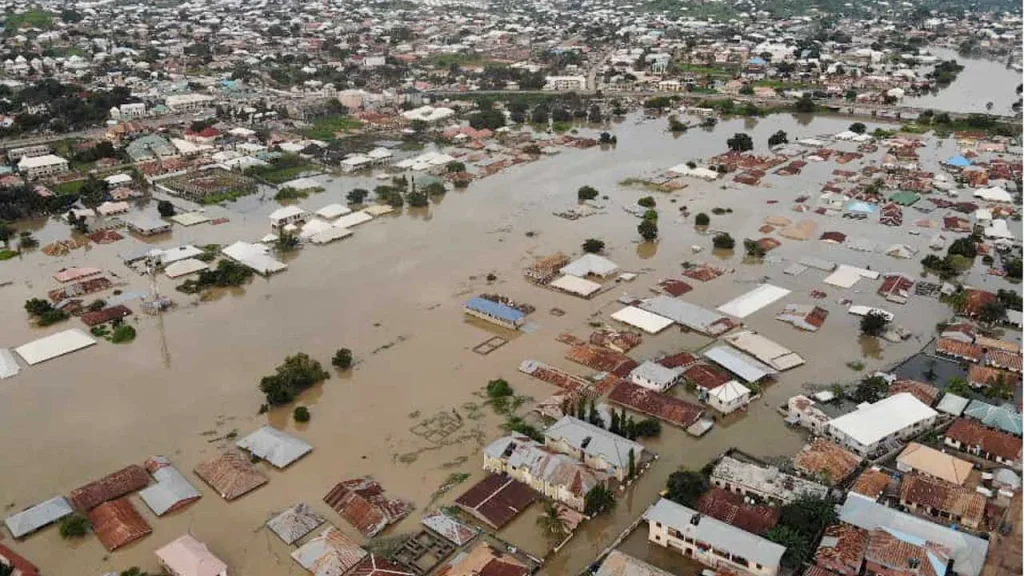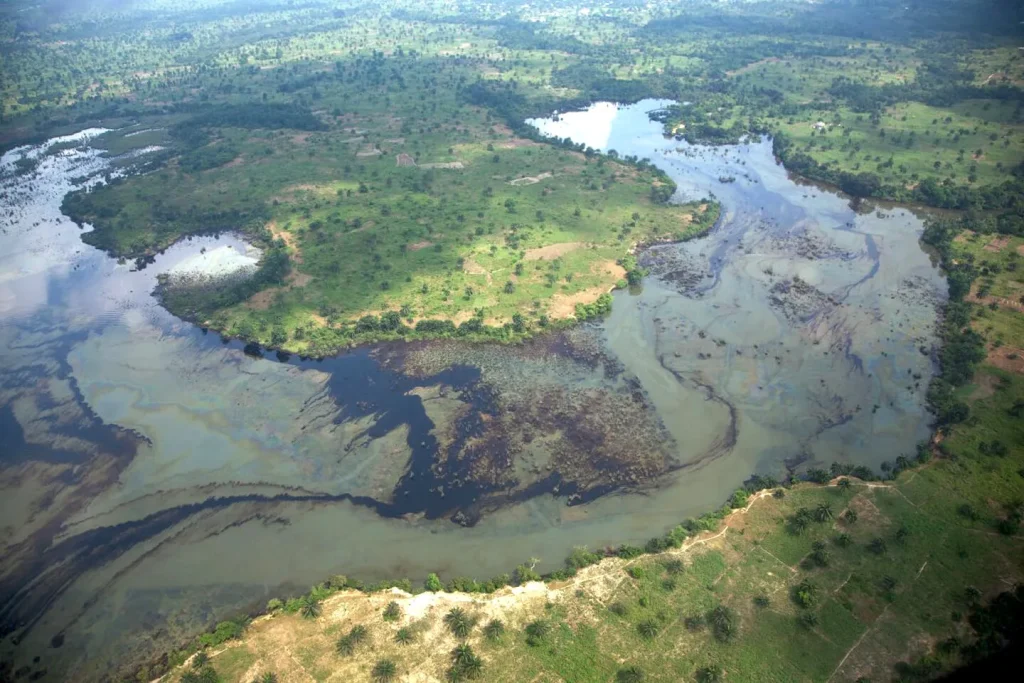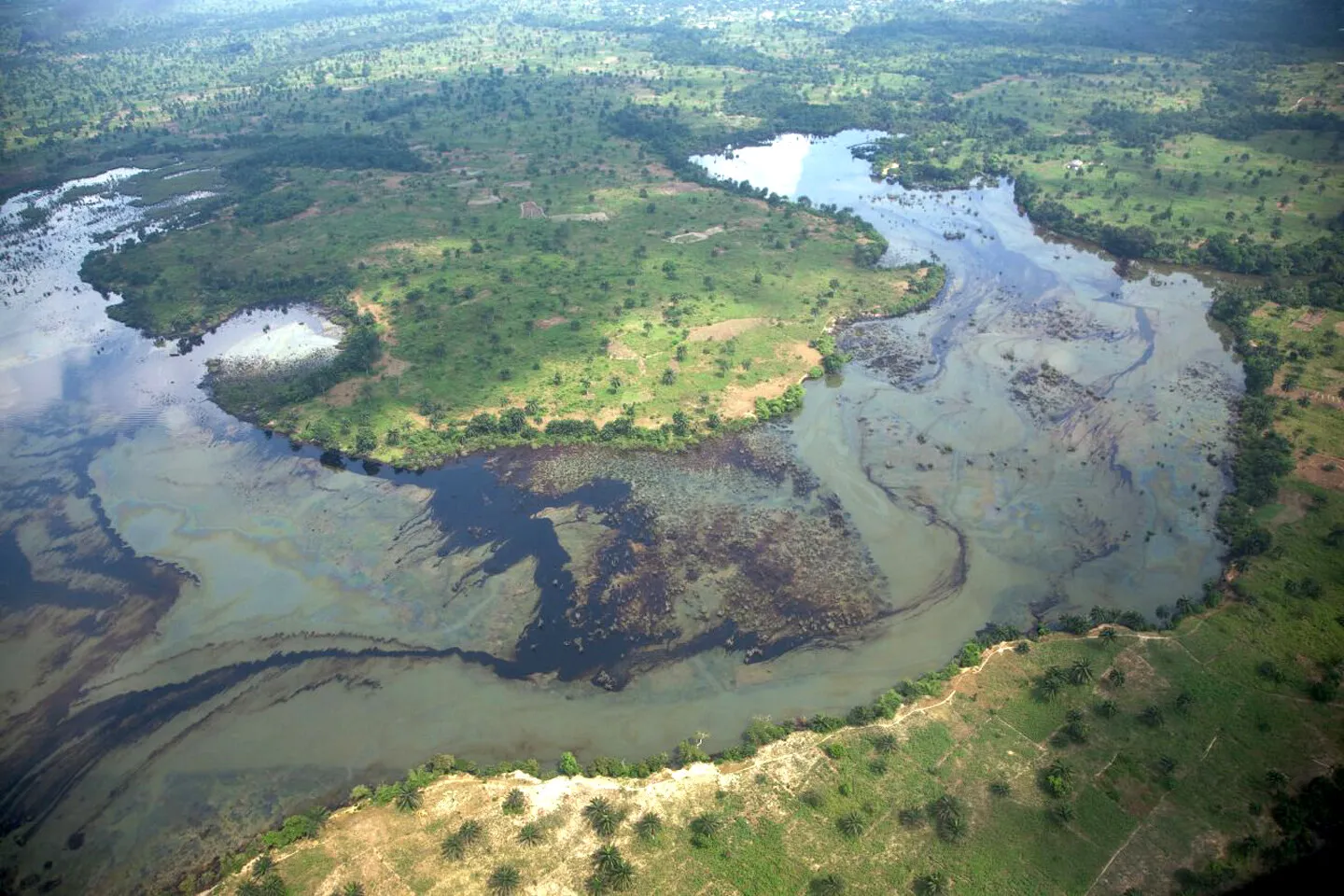In the context of the environment, sustainability refers to the judicious use of natural resources to ensure future generations still have substantial access to these resources. The earth and its resources are finite hence the need for humans to utilize these resources in such a manner that they will be around for a very long time. Sustainable practices involve limiting the use of natural resources and protecting them from degradation.
The topic of Environmental Sustainability is important because there are a number of environmental issues which are primarily caused by lack of proper attention given to sustainability of the environment. Climate Change occurs as a result of burning of fossil fuels. The greenhouse gas emissions from these processes trap heat in the atmosphere which in turn increases global temperatures. This can also lead to air pollution, severe water pollution, and ocean acidification. A loss of biodiversity can cause species extinction, jeopardize food and water supplies, and impair the natural process of taking carbon dioxide from the atmosphere, which is critical to preventing climate change. Human activities including deforestation, agricultural expansion, land use changes, and pollution all contribute to the loss of biodiversity.
Sustainable Development
Earlier we defined sustainability as the ability to maintain or continue processes without depletion of resources in the long-run. Sustainable development quite overlaps with sustainability but Sustainable development focuses more on the present, ensuring the right pathways and processes to achieve sustainability. Some scholars see Sustainable Development as an oxymoron because they believe development is inherently unsustainable. This is what emphasizes the importance of the concept. Sustainable development aims to balance the needs of the economy, environment, and social well-being. Sustainable development aims to protect the environment without compromising the standard of living and comfort of people in the present. The Sustainable Development Commission defines sustainable development as the development that meets the needs of the present without compromising the ability of future generations to meet their own needs.

The Natural and Built Environment
The world we live in comprises both the natural and built environments. The natural environment is a concept that includes climate, atmosphere, natural resources, water, land, ecosystems, and biodiversity. On the other hand, the built environment is the area created by humans where people congregate to live, work, and play. It includes both the actual buildings where people do these activities and the supporting infrastructures, such as transportation, water, and energy networks. The natural environment is a concept that includes climate, atmosphere, natural resources, water, land, ecosystems, and biodiversity.
We all live and work in buildings because they give us warmth, safety, and a sense of belonging. However more than any other single industry, the built environment is accountable for a staggering 39% of all carbon emissions worldwide. This 39% can be split into two different types of impacts: embodied carbon, which comes from the materials used to build our new buildings, their transportation and construction processes, the replacement of materials and components over the building’s life, and the effects of demolition and end-of-life procedures; operational carbon, which comes from heating, lighting, and cooling our existing buildings and accounts for 28% of our emissions.
Case Studies of the Impact of the Human Activities on the Environment in Nigeria
The Niger Delta, the heart of Nigeria’s oil industry is suffering from lack of access to clean air and water due to activities like oil exploration, spills, and gas flaring which are prevalent in those locations. These have resulted in a toxic mix of pollutants in the atmosphere and also hindered aquatic life which is a vital source of income and food for the communities.

Unsustainable human activities are increasing the threat of flooding in many Nigerian states. Deforestation in the north reduces land’s rainwater absorption capacity, leading to increased runoff and overwhelmed river systems. Construction on floodplains and wetlands in coastal regions encroaches on natural water buffers, leaving communities more exposed. Poor waste management contributes to clogged drainage systems, exacerbating flooding during heavy rain events.

The Sustainable Built Environment
A sustainable built environment protects and enhances people, places and the natural environment, and is critical to reducing greenhouse gas emissions and tackling the climate crisis. The following principles are consistent standards of best practice in sustainability in the built environment across all geographies:
- Energy efficiency: Reduce the demand for energy through highly efficient built assets.
- Net zero whole life carbon: Working to eliminate carbon emissions across the lifecycle of all buildings and encourage the utilization of renewable energy sources
- Resilience and adaptation to climate change: Designing homes and communities to respond to environmental, social & economic change.
- Driving the clean energy transition: Supporting the phase-out of fossil fuels and the transition to a highly efficient, renewable energy-powered, all electric grid.

